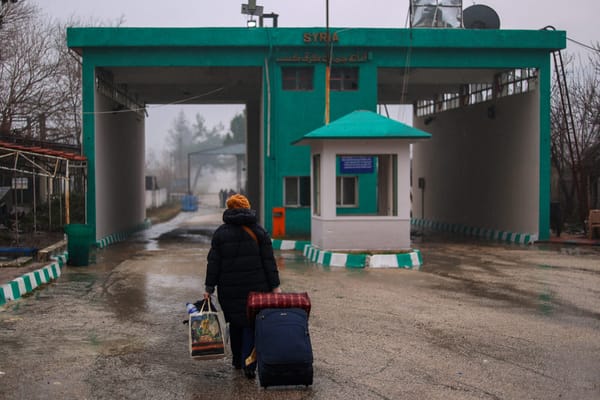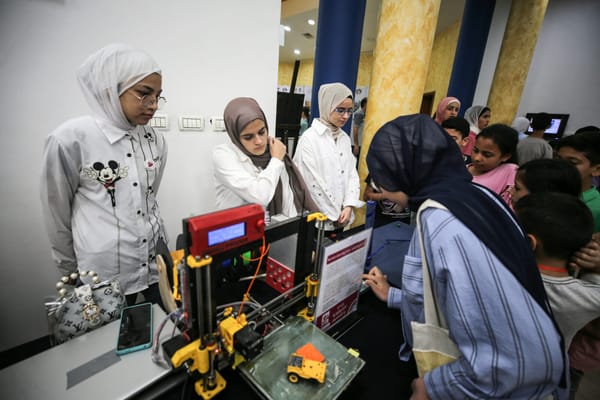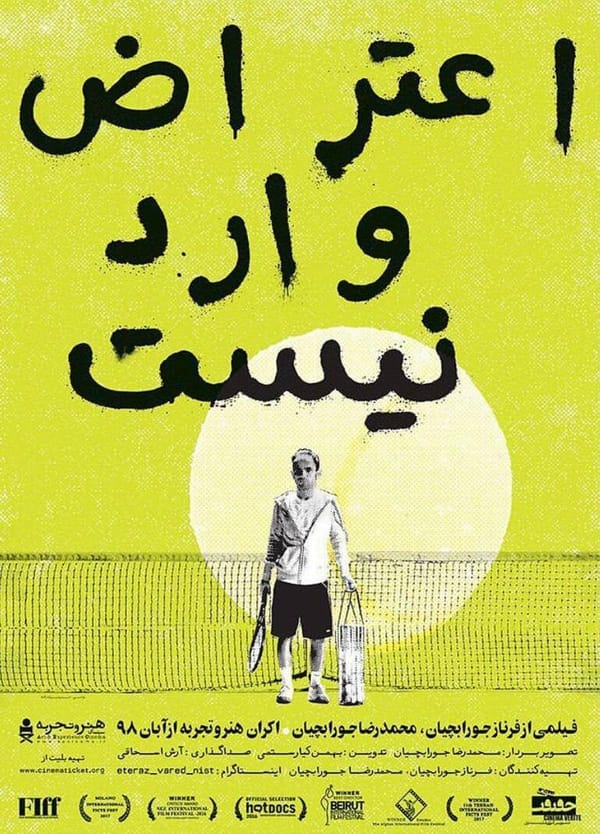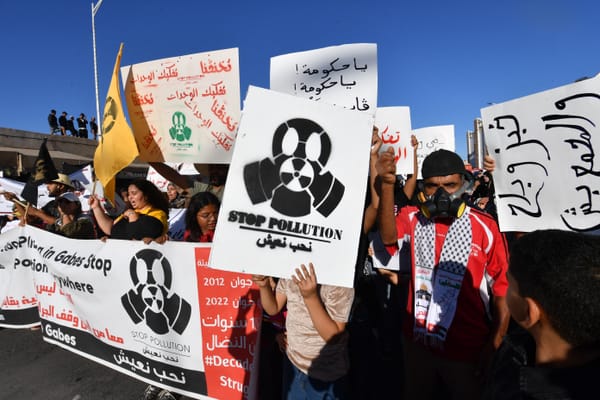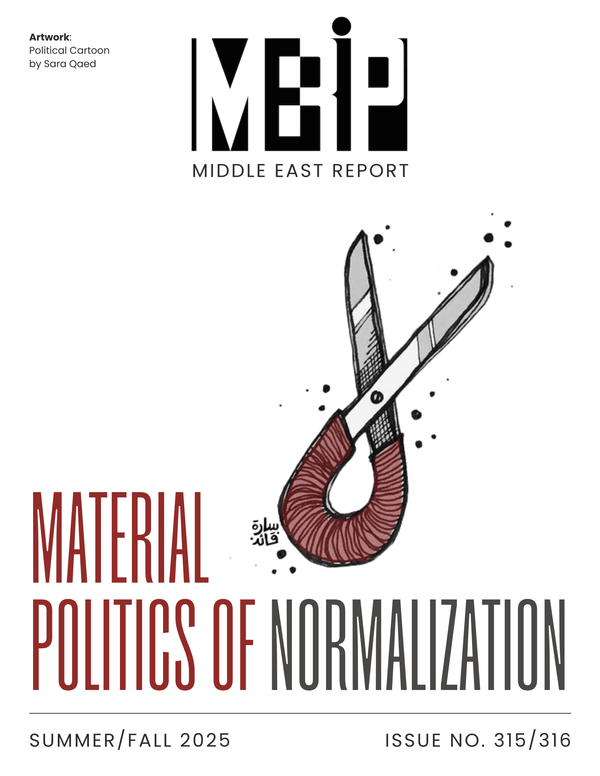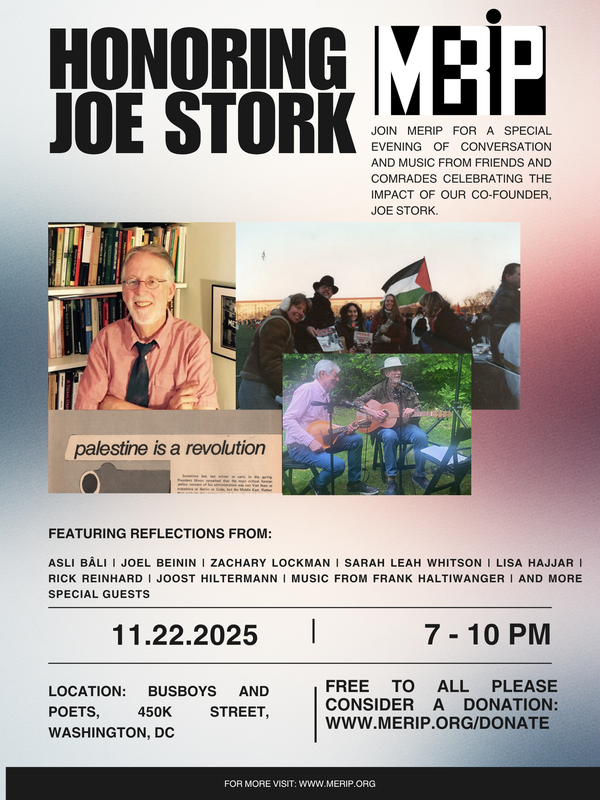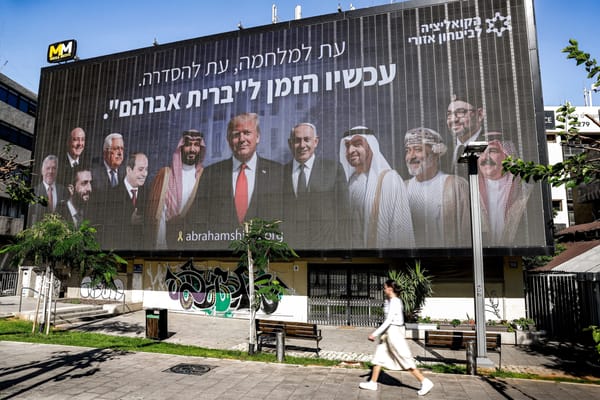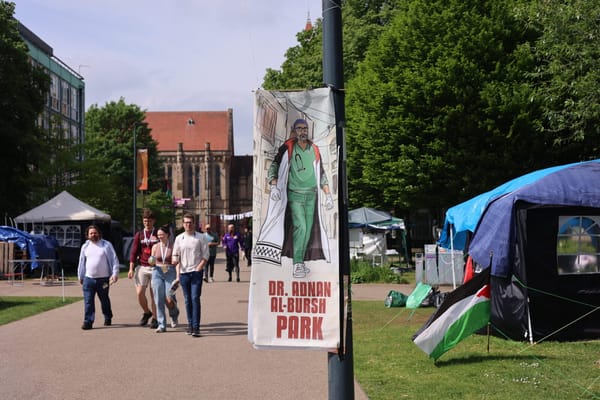Our intent with this issue is simple enough: to redirect attention from the westward reverberations of European “discoveries” across the Atlantic to their eastward impact in the Mediterranean and the mainly Muslim domains of Arabs and Turks. In the opening essay Charles Tilly reminds us that the integration of what came to be called the Americas into a global economy was part of a larger process. Europe, which had been peripheral to a vast Eurasian trade system, reversed its subordinate status. Key to this was the reorganization of European and later other societies, through war and capitalist economic expansion, into nation-states. The interplay of coercion and capital that produced today’s global hierarchies also gave rise to Columbus and the other contract adventurers of his day.
Resat Kasaba shows how the emergence of a larger, more integrated world system also generated an imperative to divide and compartmentalize humanity. In this process, the cultural and ideological fault line between the Muslim Middle East and Christian Europe was central. Joan Gross, David McMurray and Ted Swedenburg brilliantly detail a manifestation of this fault line in Europe today. They highlight the subversive potential of the Franco-Maghribi rai/rap/graffiti culture to undermine controlling orthodoxies on all fronts. The French bourgeoisie are put out by the “Arab noise” of rai, but what do Algeria’s leaders make of the wall poster that reads “FIS ou ELVIS”? Juan Goytisolo, Khalid Duran and Marisa Escribano provide complimentary perspectives on Spain’s current role as Europe’s gatekeeper against Muslim “invasion” from the Mediterranean’s southern shores.
The Castilian “reconquest” of Granada in 1492 and the expulsions of Muslims and Jews from Iberia were early instances of the penchant of European nationalism for ideological and cultural “cleansing.” Ella Shohat describes how and why Western accounts have shunted these features of 1492 into histories of the Jews and anti-Semitism. (In preparing this essay for publication, we solicited accompanying photos from the Yeshiva University Museum in New York. The museum staff kindly forwarded several photos from a current exhibition, The Sephardic Journey, 1492-1992. Subsequently, however, higher authorities in the museum told us that we could not use the photos unless they could read the article first. When we declined, the museum administrator formally withdrew permission. We regret that this university museum’s commitment to freedom of expression apparently evaporates when it comes to critical discussion of Sephardi Jews and Arabs.)
This rethinking of 1492 concludes with Michael Fischer’s assertion of the Middle Eastern dimensions of the multicultural idea of America. Carlos Fuentes, the Mexican novelist, said earlier this year that “I could not understand half my soul without the influence of Islam and Muslim culture in Spain.... I think Spain should celebrate the Arab invasion of 711.” To the extent that a dominant legacy of 1492, eastward and westward, has been one of monocultural intolerance, let the quincentenary be an opportunity to struggle for tolerant and civil societies in North America as well as the Middle East.
Written by
This article was published in Issue 178.
